The Rover Story
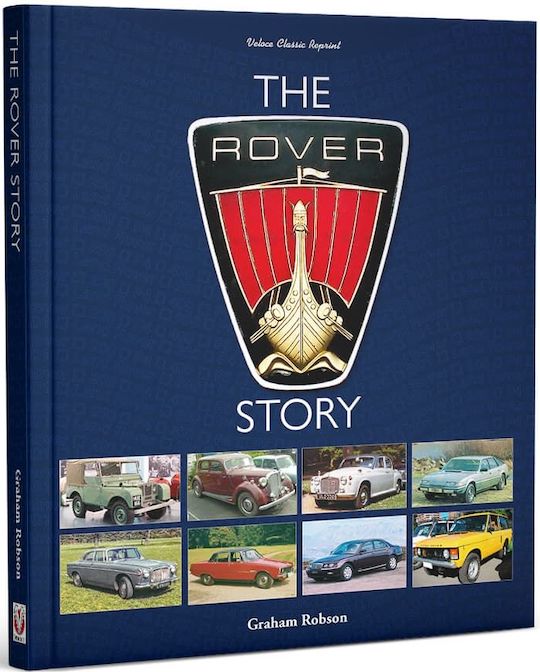 by Graham Robson
by Graham Robson
Graham Robson (1936–2021) was indubitably the dean of British automotive writers. Moreover he writes and presents histories placing as much emphasis on the human side of things as on the automotive. He did, after all, firmly believe that the people part of the story was every bit as important as the nuts and bolts.
Educated to be an engineer, Robson worked in that capacity for Jaguar and the Rootes Group during the decade and a half following earning his degree. Then in the early ‘70s he turned to full-time independent motoring research and writing. Over the ensuing years he would author over 170 books along with countless magazine articles earning the respect of all in the industry and a strong following amongst readers.
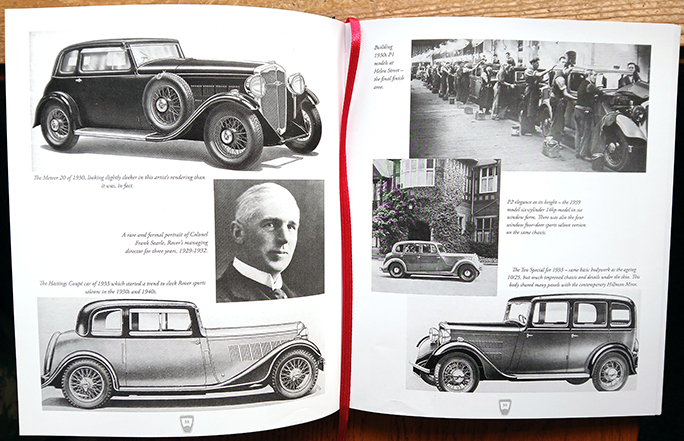
Left page shows at top a 1930 Meteor 30 model, middle is Colonel Frank Searle, Rover’s managing director 1929–1932. Bottom is a 1933 Hasting Coupé. Facing page top are P1 models receiving finishing touches. Middle, a 1939 P2 and bottom the 1933 Ten Special.
Robson notes that Rover’s origins began with sewing machines before bicycles. In 1896 Rover Cycle Co. Ltd came into being soon motorizing those bicycles. Shortly after the turn of the century, its directors would authorize development of a light car and the following year when that car was introduced change the company name to The Rover Company Ltd. “As carmakers, Rover started slowly, built up well, but were never pre-eminent after the Great War as they had been before.”
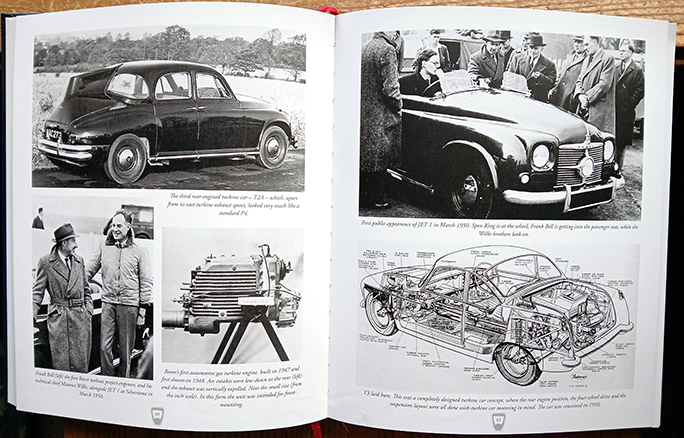
Rover developed turbine power in the latter 1940s. Top is the third rear-engined turbine car. Bottom left is project engineer Frank Bell beside his technical chief Maurice Wilks. They are standing alongside JET 1 early in 1970 with the engine shown bottom right. Facing page, at top is the first public appearance of JET 1 with Spen King behind the wheel and Frank Bell stepping into passenger side. Bottom is cutaway of T3 turbine concept car conceived mid-1950s.
Post WWII Rover struggled to get back into production. It was hampered in part by the shortage of steel but also by being slow to develop new ideas. “Rovers were ‘Aunties’ [defined as like] aunts and great aunts . . . dignified, their skirts always too long, and they sometimes smelt endearingly of camphor, coal fires and country tweeds.”
Then, wanting a utilitarian vehicle for themselves, the Wilks brothers developed what would become the Land-Rover. It was intended as a stop-gap but “within a year Land Rover was outselling Rover cars” and with export demand “almost embarrassingly high,” it was destined to be “the face” of the company and its savior.
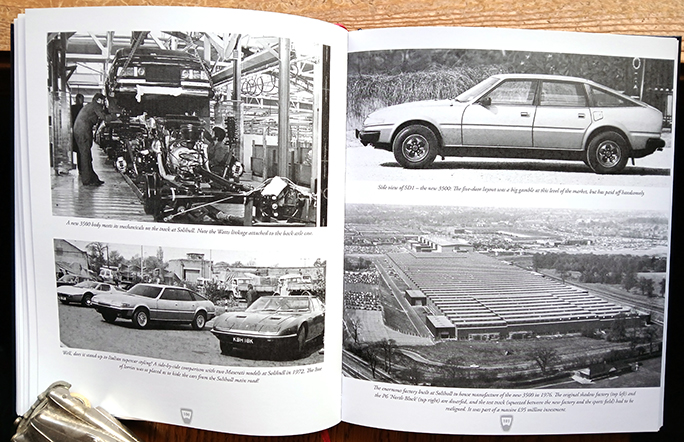
Uppermost left is body drop at the Solihull factory. Beneath is a side-by-side comparison of SD1 with two Maseratis. Facing page top is full side view of SD1, the new 3500. Beneath is the sprawl of Solihull with the original factory in upper left. The test track is squeezed between the new factory and the sports field.
The next challenge surrounded development of the P6, the next version of motorcar. Robson relates that story and how it, in turn with its 2000TC, gave Rover a vehicle with which it could be competitive. He devotes a chapter to that racing and rallying.
The mid-1960s brought the great shuffling of the deck of ownership cards. Discussions, proposals, counter proposals, and the seemingly endless discussions kept the executives of multiple companies busy indeed. A decade further on, so now mid-1970s, it all culminated in the British government nationalization of the country’s auto industry. It takes Robson the five concluding chapters to explain it all and bring his book to a close with the 1986 formation of British Leyland Ltd’s The Rover Group. Then the five appendices offer additional facts and information that couldn’t neatly be fit into the narrative. With photos, grouped chronologically into seven sections, readers see many of the vehicles and people that populate the pages of Robson’s Rover history.
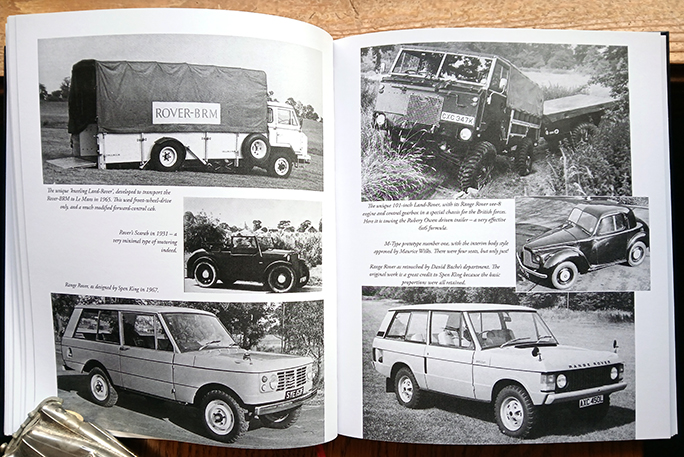
Uppermost left vehicle is called the “Kneeling Rover” set up to transport the Rover-BRM to Le Mans in 1965. Middle left is Rover’s 1931 Scarab and bottom is a 1967 Range Rover. Facing page top is a 101-inch Land Rover fitted with its V8 engine. It’s mounted on a special chassis developed for British forces. Middle right is the prototype of an M-type. Bottom is a mildly redesigned Range Rover with basic proportions all retained when compared with the ’67 directly opposite.
The books in this publisher’s “Classic Reprint” series are usually issued as softcovers; this one is not only a hardcover but sports a bookmark ribbon, a luxury that normally not even their new books get.
Copyright 2024 Helen V Hutchings (speedreaders.info)


 RSS Feed - Comments
RSS Feed - Comments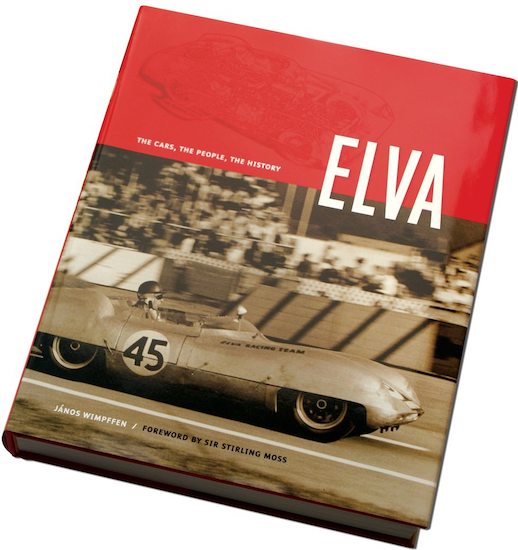
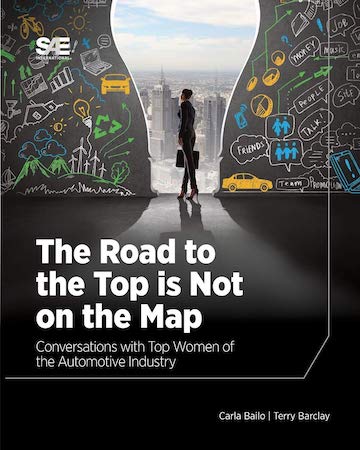
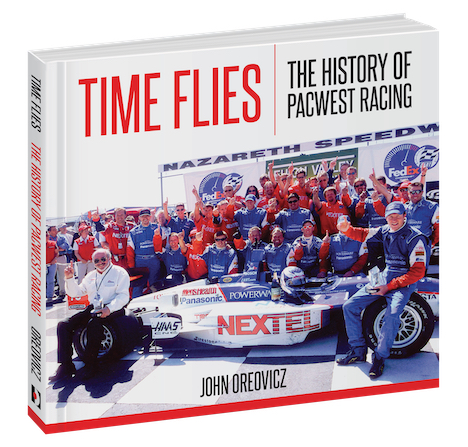
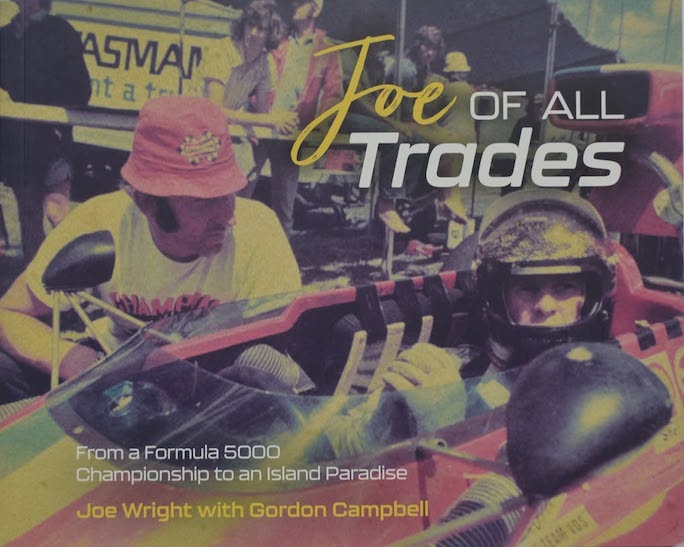
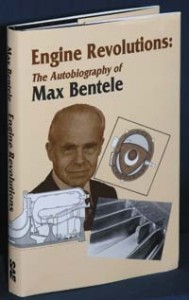
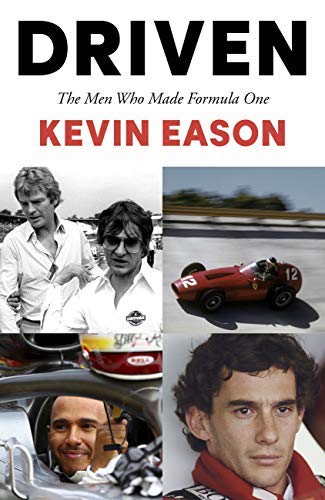
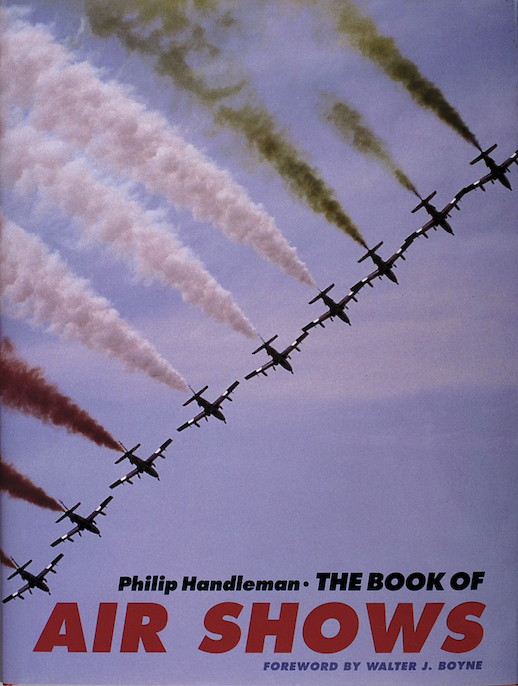

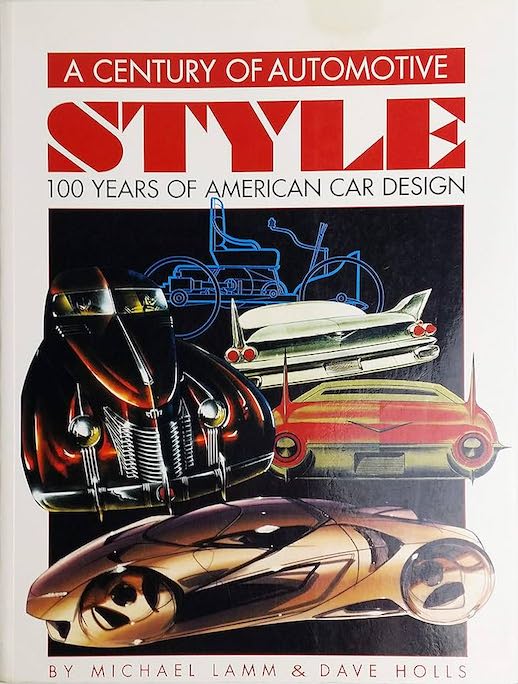
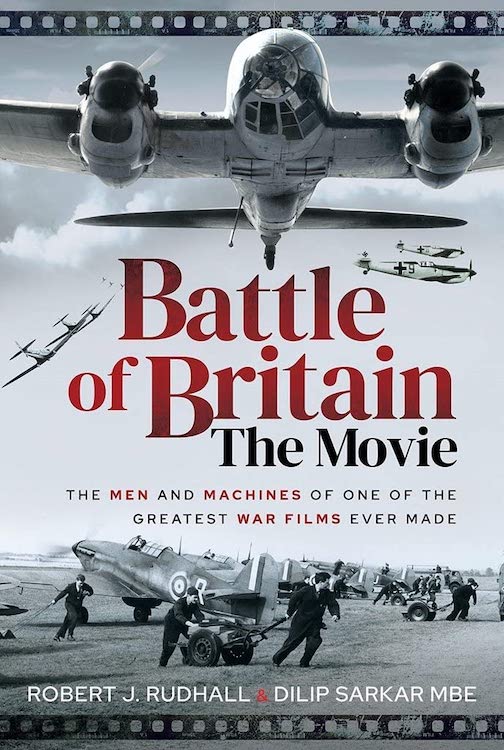

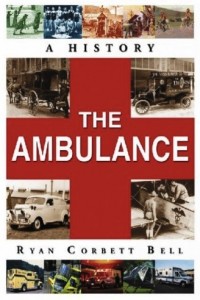
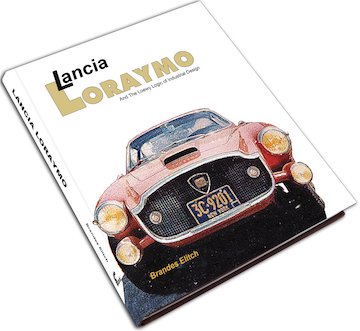
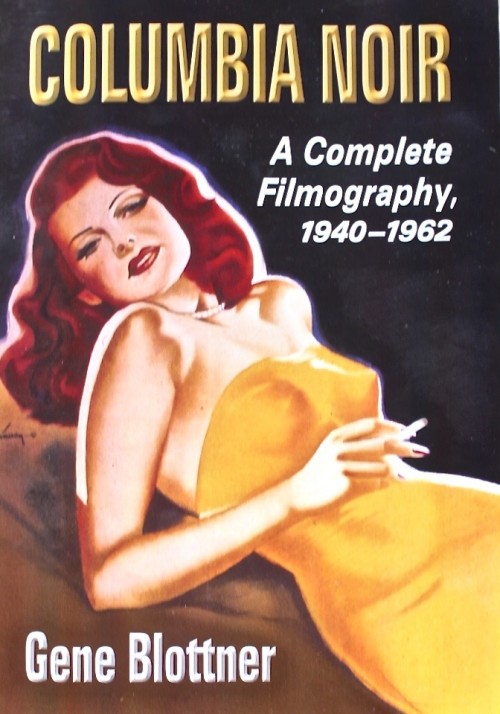


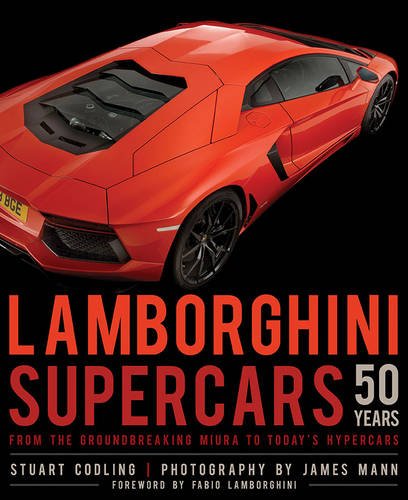
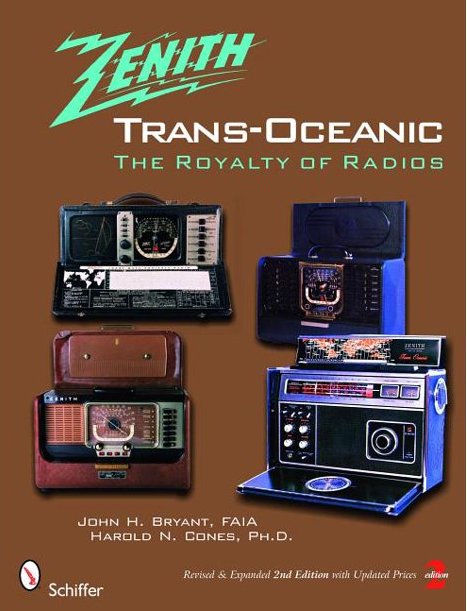
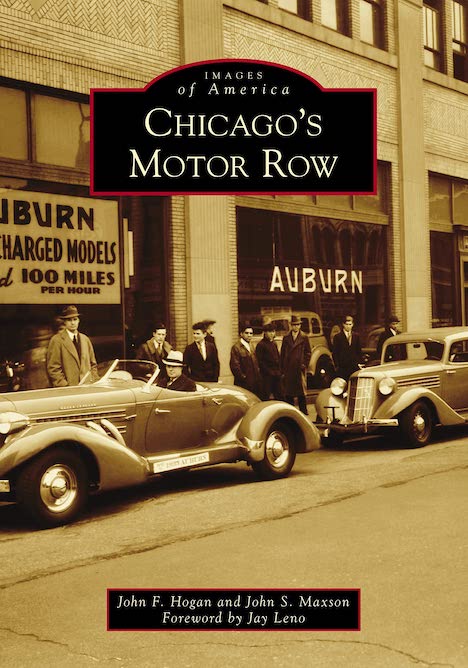


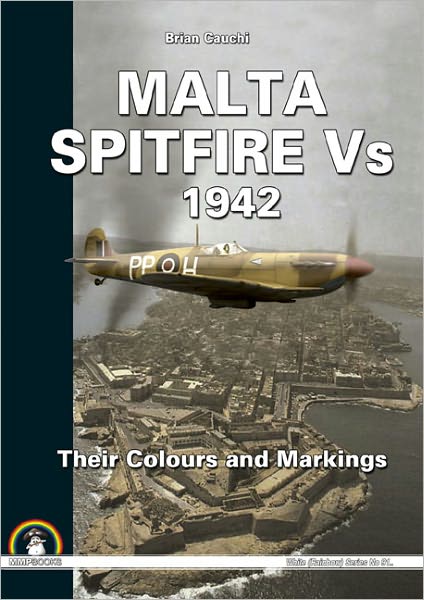
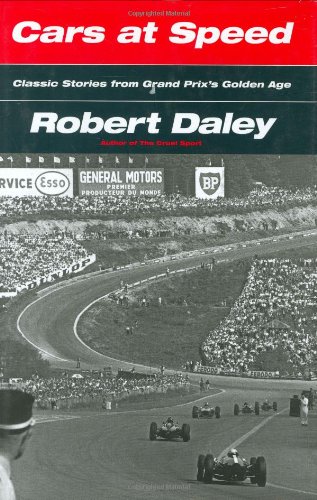
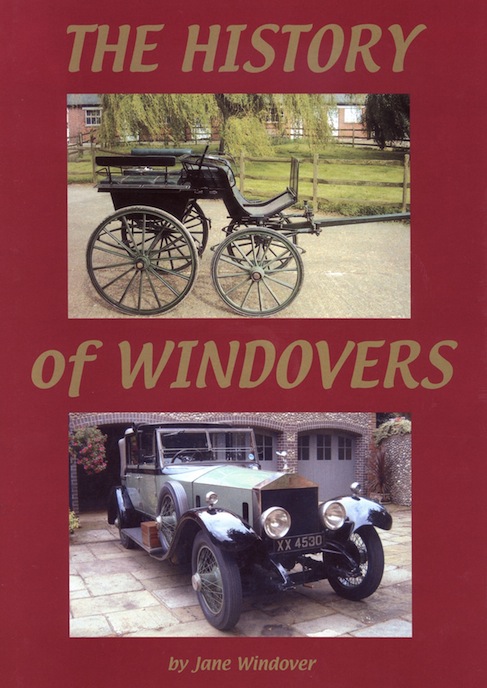
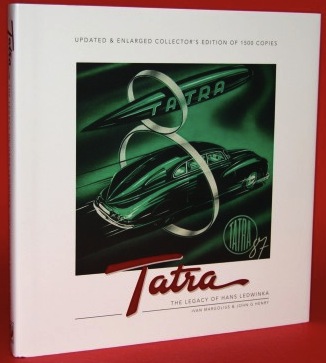

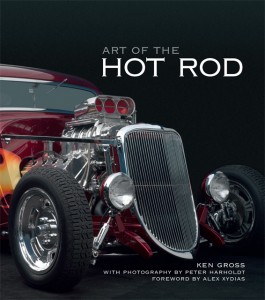
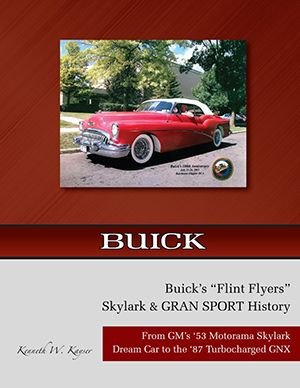
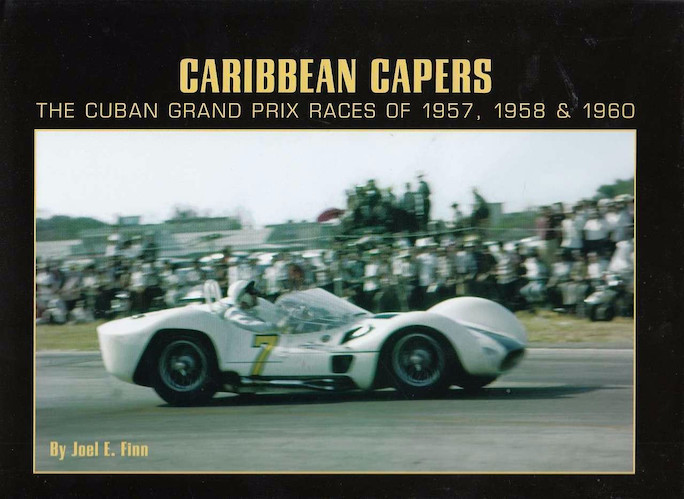
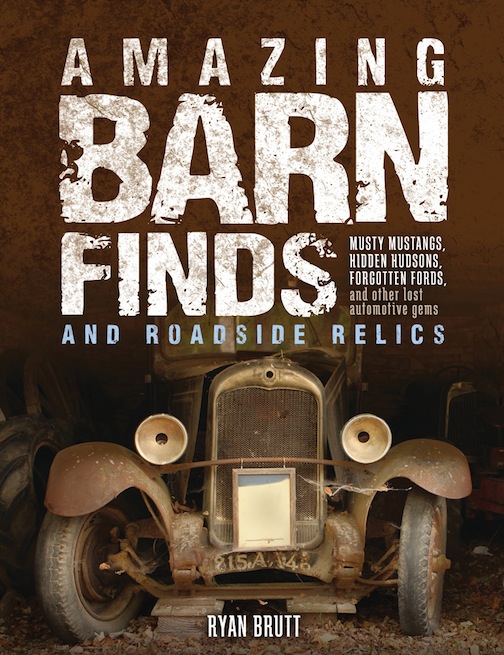
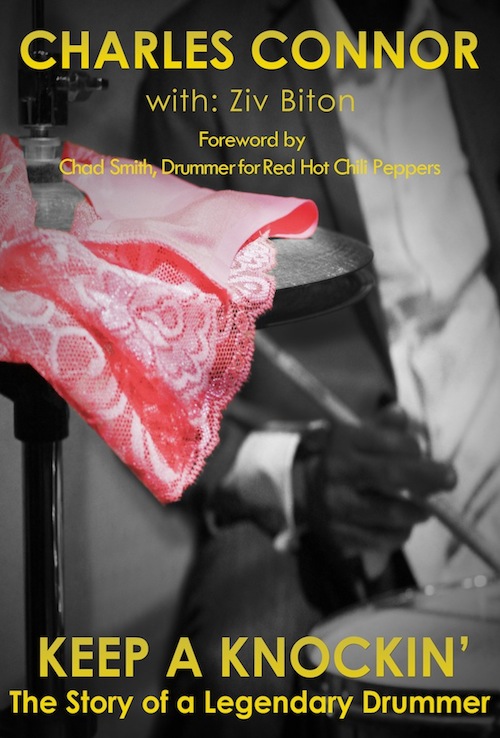
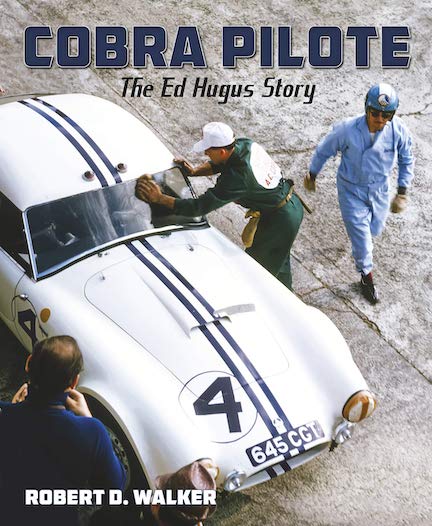
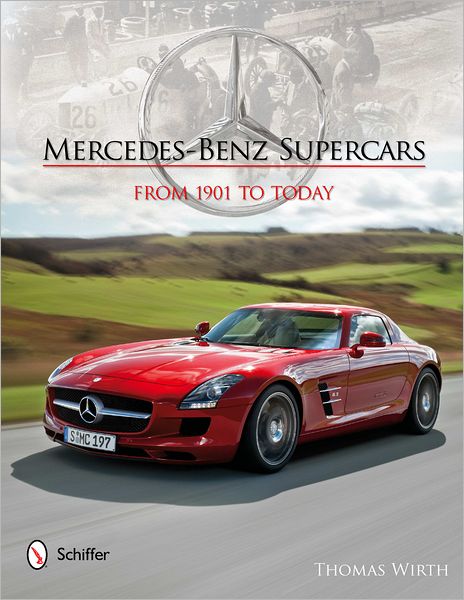
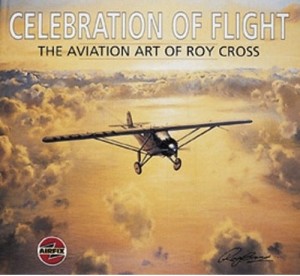
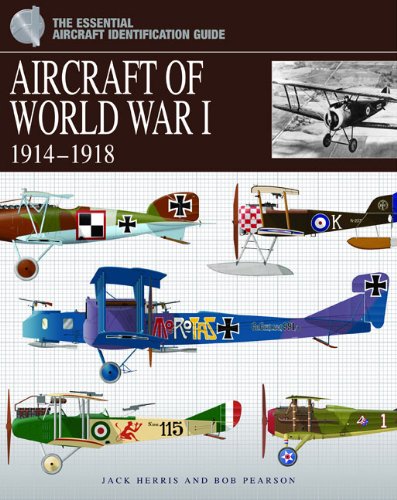
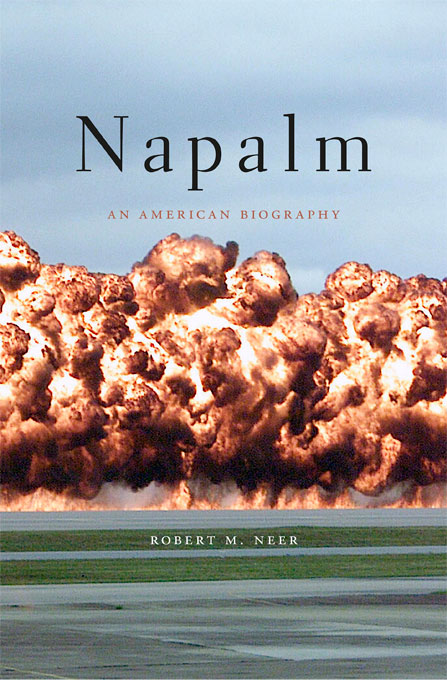
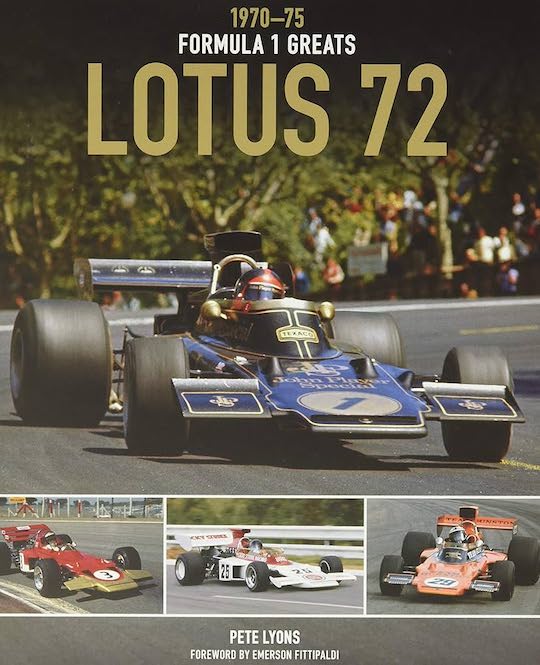
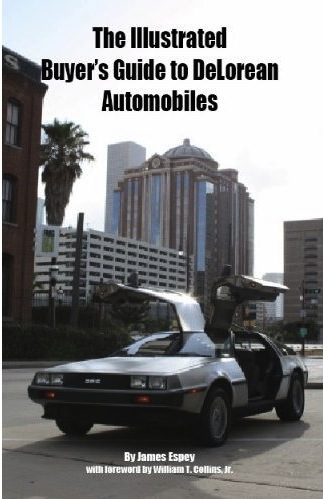
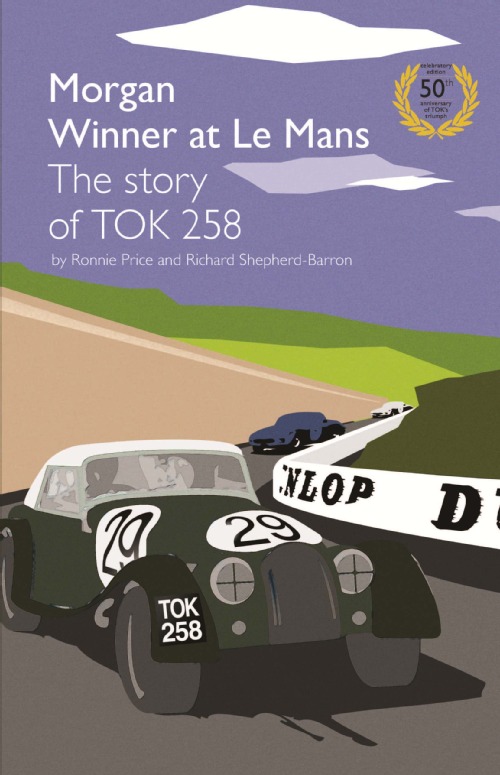

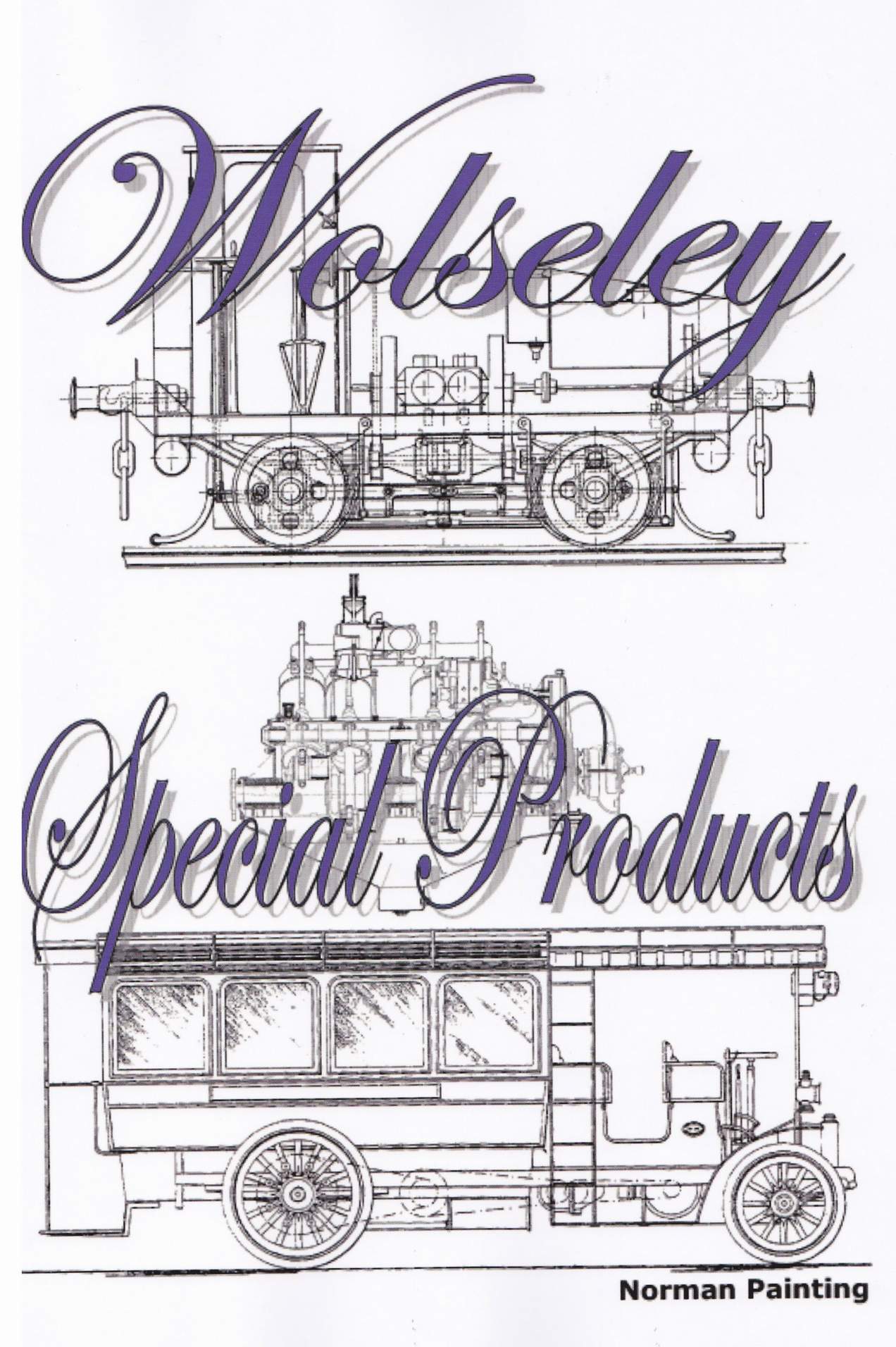
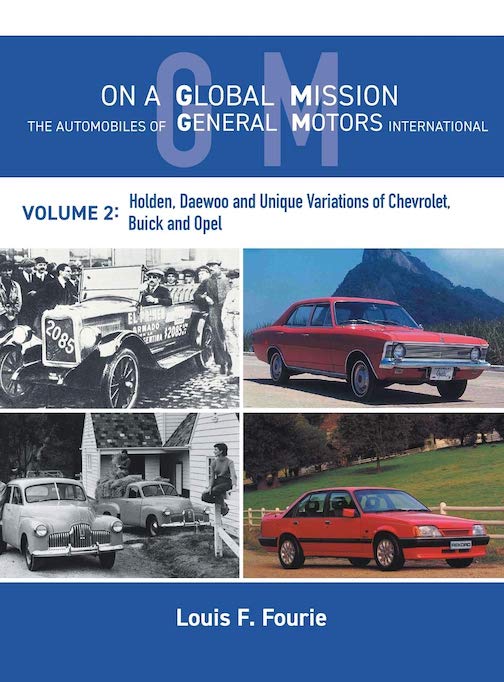

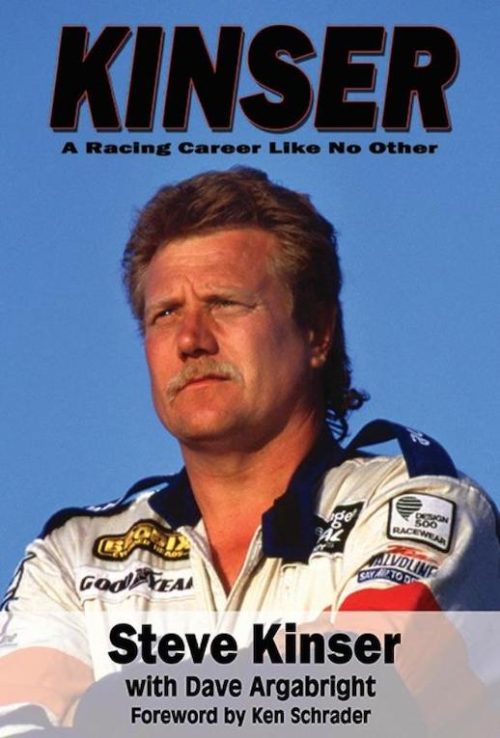

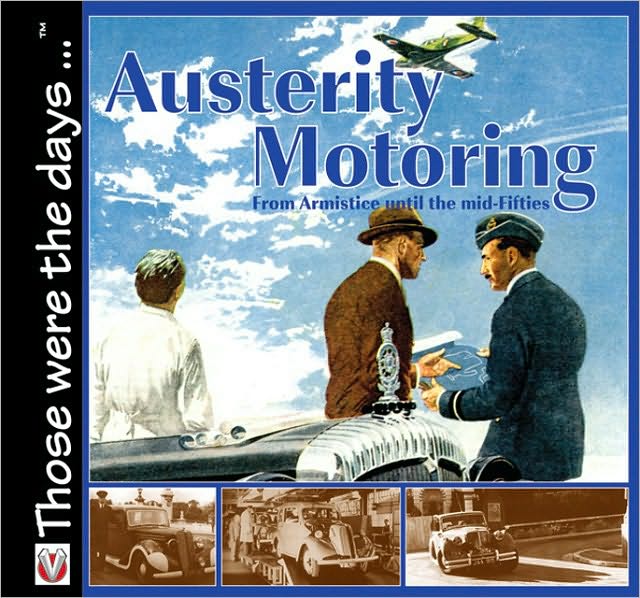
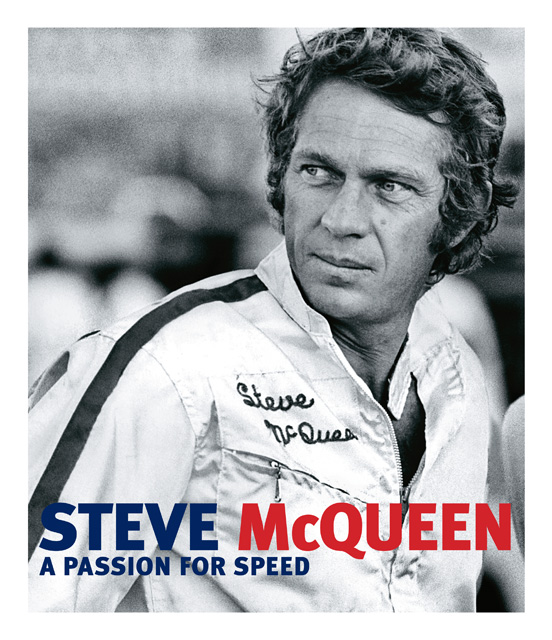

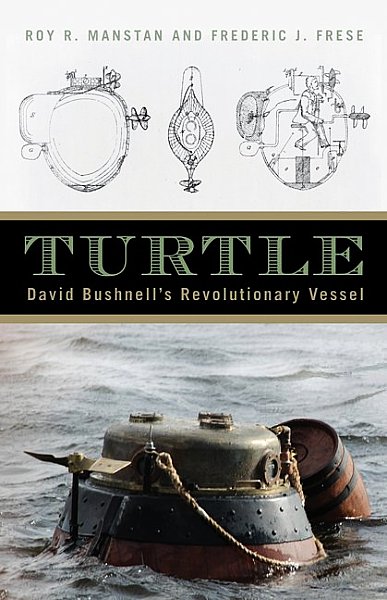
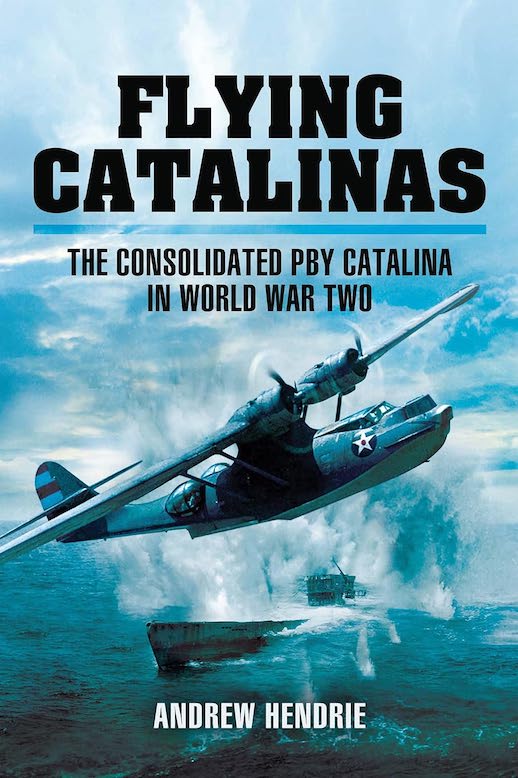
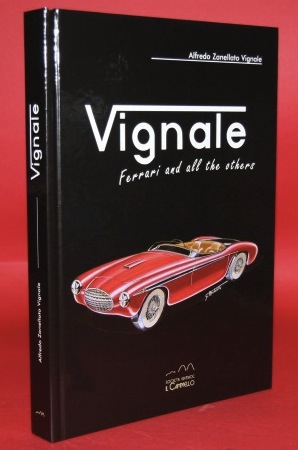
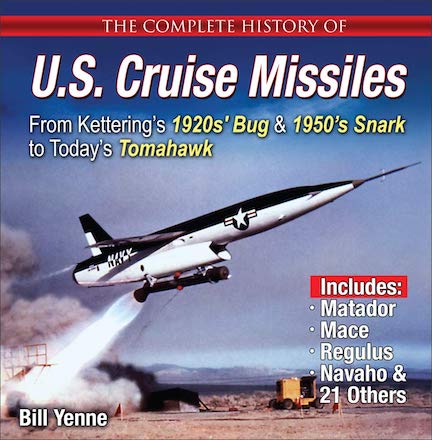
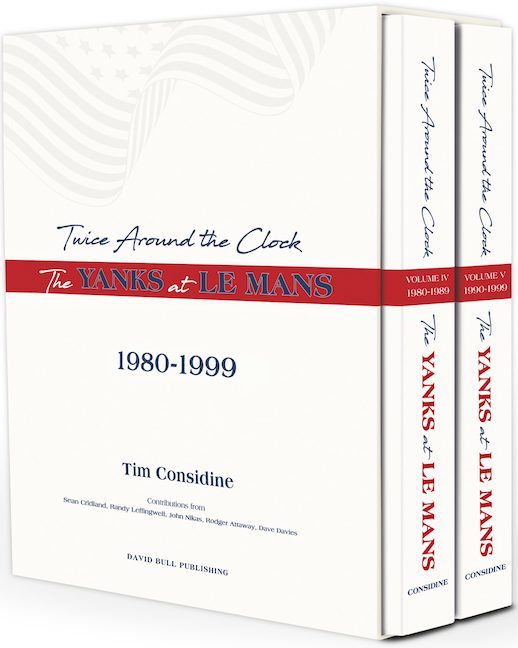
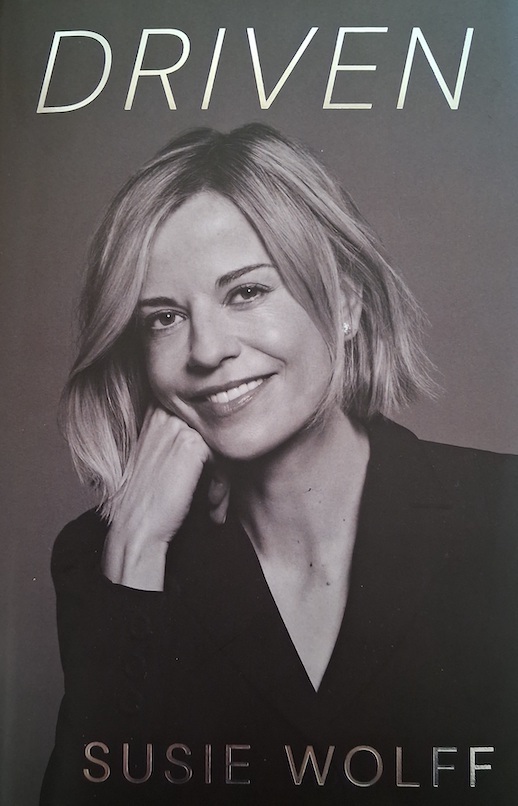

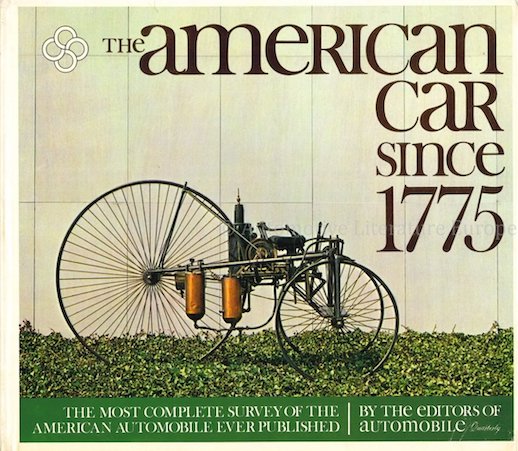
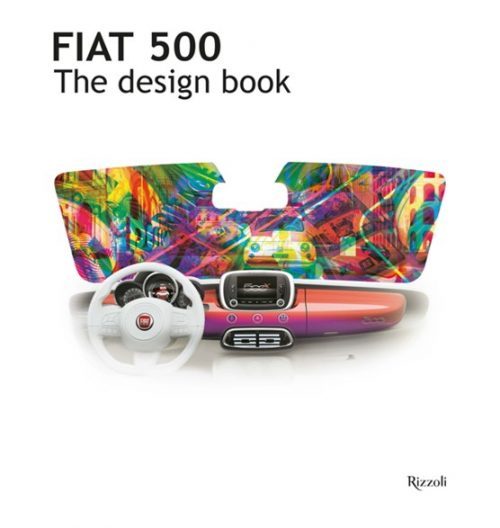
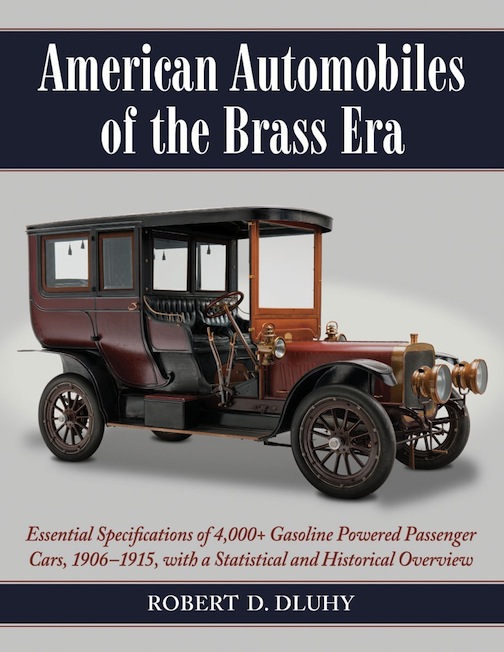
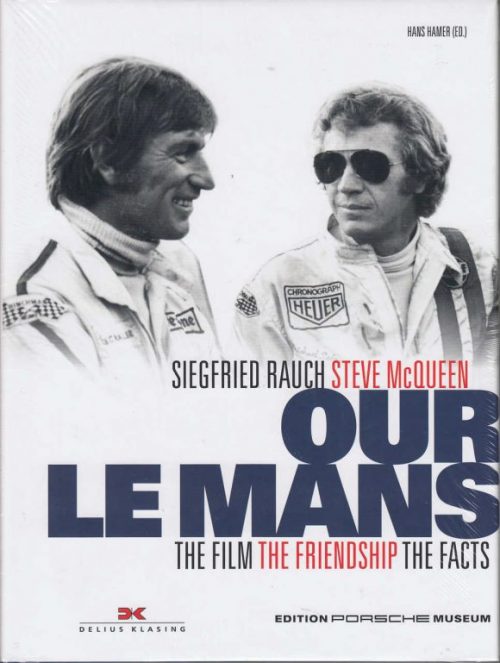

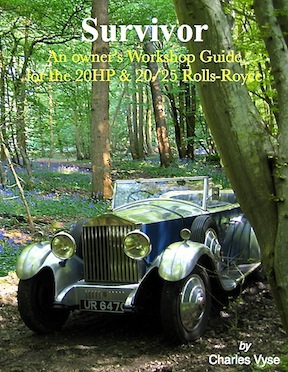
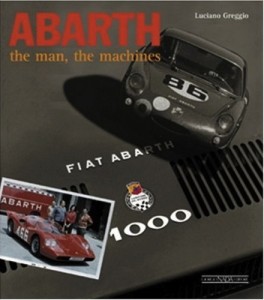
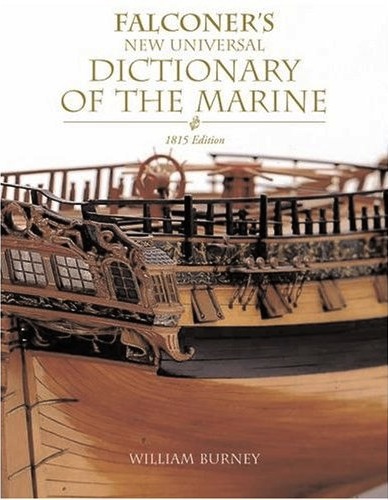

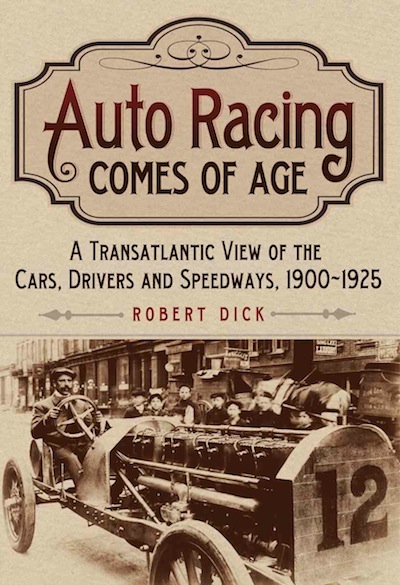
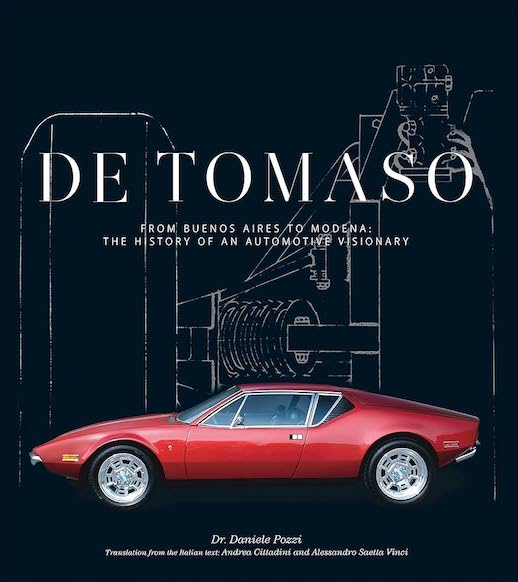
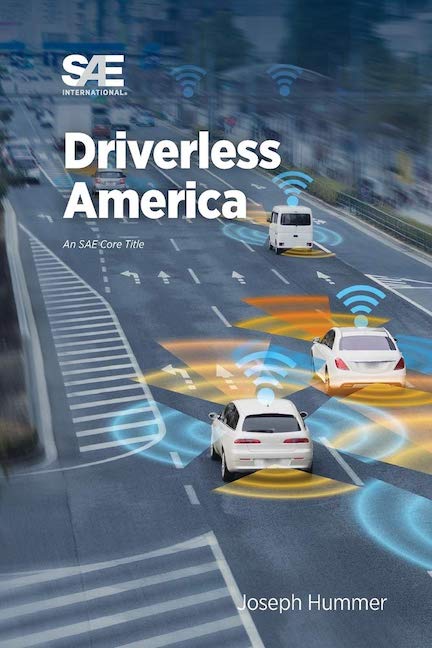

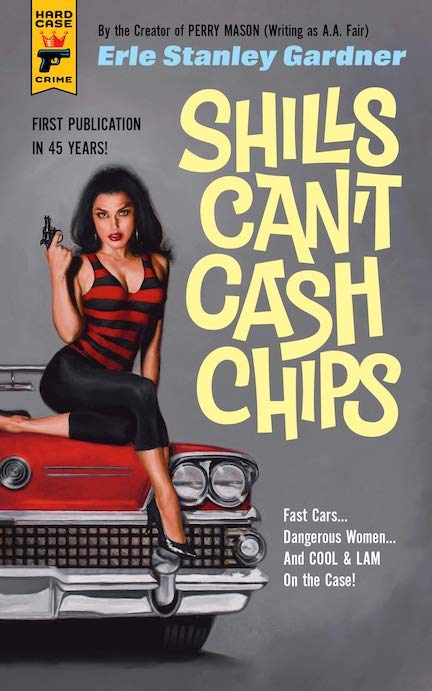
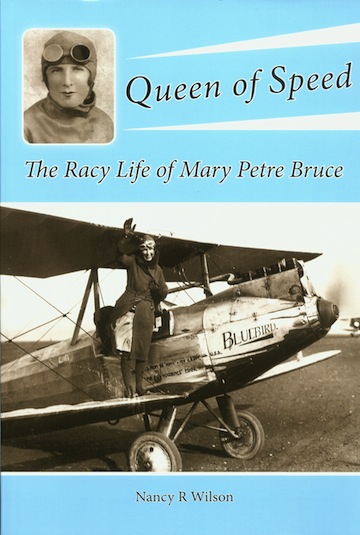

 Phone / Mail / Email
Phone / Mail / Email RSS Feed
RSS Feed Facebook
Facebook Twitter
Twitter